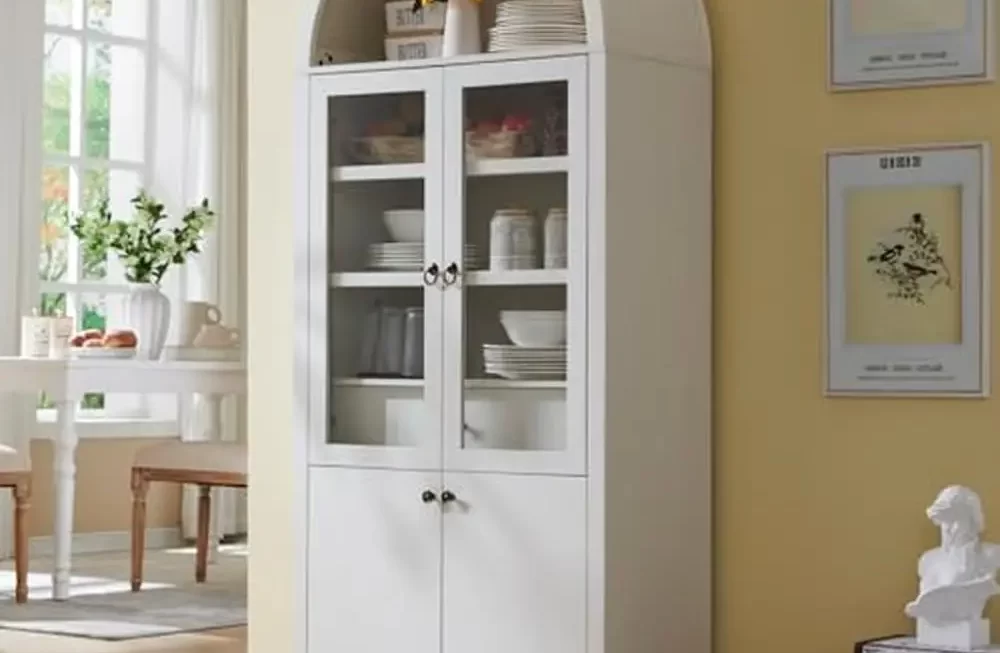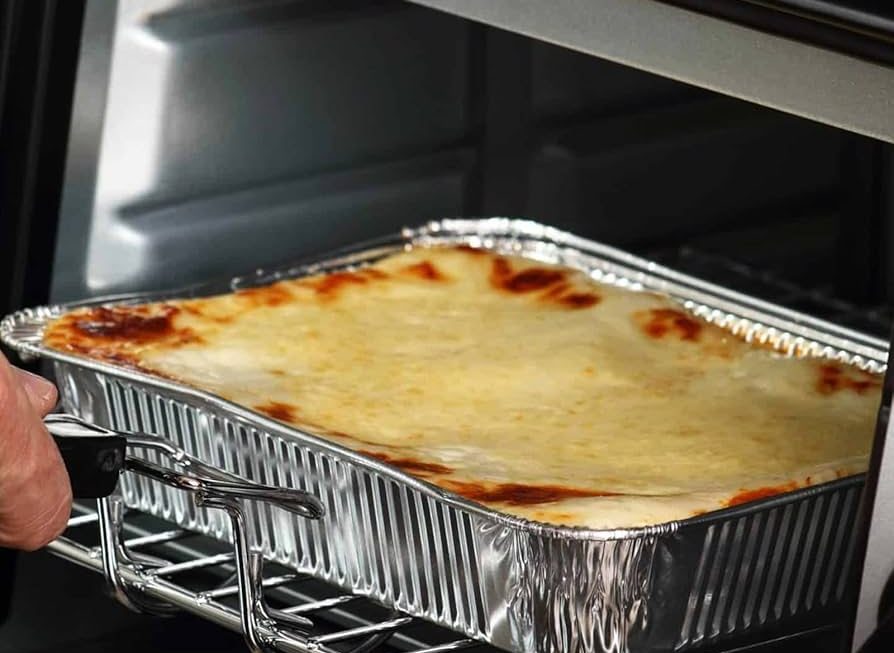 Introduction:
Introduction:
Installing a new kitchen faucet can enhance the functionality and aesthetics of your kitchen. However, it is important to understand the factors that contribute to the overall cost of faucet installation. In this comprehensive article, we will explore the various factors and considerations that affect the cost of installing a kitchen faucet. By understanding these factors, you can make informed decisions and budget accordingly for this home improvement project.
Materials of Kitchen Faucets
Stainless Steel:
Stainless steel faucets are highly durable, resistant to corrosion, and easy to clean.
They have a sleek and modern appearance, making them a popular choice for contemporary kitchens.
Stainless steel is resistant to fingerprints and water spots, maintaining a clean and polished look.
It is a hygienic material that is also eco-friendly, as it is recyclable.
Brass:
Brass faucets offer a classic and elegant look, making them a popular choice for traditional and vintage-inspired kitchens.
They are highly resistant to corrosion and tarnishing, requiring minimal maintenance.
Brass faucets can develop a natural patina over time, adding to their charm and character.
They are available in various finishes, including polished brass, antique brass, or brushed brass.
Chrome:
Chrome faucets have a shiny, mirror-like finish that complements a wide range of kitchen styles.
They are highly durable, corrosion-resistant, and easy to clean.
Chrome faucets are relatively affordable, making them a popular choice for budget-conscious homeowners.
However, they may show water spots and require regular cleaning to maintain their shine.
Type and Quality of Faucet:
The type and quality of the faucet you choose will have a significant impact on the installation cost.
Basic faucets, such as single-handle or standard two-handle faucets, are typically less expensive to install.
High-end faucets with advanced features, such as touchless operation or pull-down sprayers, may require specialized installation techniques, increasing the overall cost.
Plumbing Requirements:
The existing plumbing setup in your kitchen will affect the complexity and cost of faucet installation.
If your current faucet and plumbing are compatible with the new faucet, installation may be relatively straightforward.
However, if modifications or upgrades to the plumbing system are needed, additional labor and materials will be required, increasing the installation cost.
Professional Installation:
Hiring a professional plumber to install your kitchen faucet ensures proper installation and minimizes the risk of leaks or damage.
The cost of professional installation varies depending on factors such as location, complexity of the job, and the plumber’s experience.
Additional charges may apply for services such as removal of the old faucet, disposal of old materials, or any necessary repairs.
DIY Installation:
Installing a kitchen faucet yourself can save money on labor costs.
However, it is important to note that DIY installation may not be suitable for everyone, especially those without plumbing experience or knowledge.
Improper installation can lead to leaks, damage, or the need for costly repairs in the future.
Additional Materials and Tools:
In addition to the faucet itself, there may be additional materials and tools required for installation.
These can include supply lines, connectors, sealants, and plumber’s tape.
The cost of these materials should be considered when budgeting for faucet installation.
Warranty and Maintenance:
Consider the warranty and maintenance requirements of the chosen faucet.
Some faucets may require periodic maintenance or have specific warranty conditions that could impact the overall cost over time.
Obtaining Multiple Quotes:
It is always a good idea to obtain multiple quotes from different plumbers or contractors.
This allows you to compare prices, services offered, and the reputation of the professionals.
Keep in mind that the lowest quote may not always be the best option; consider the overall value and expertise of the service provider.
Conclusion:
The cost of kitchen faucet installation can vary depending on factors such as the type and quality of the faucet, plumbing requirements, professional installation, additional materials, and tools. While hiring a professional plumber ensures proper installation, it may come with additional costs. DIY installation can save money, but careful consideration should be given to personal skill level and plumbing knowledge. Obtaining multiple quotes and considering long-term warranty and maintenance requirements will help you make an informed decision. By understanding these factors and considerations, you can budget appropriately and proceed with confidence when installing a new kitchen faucet.




